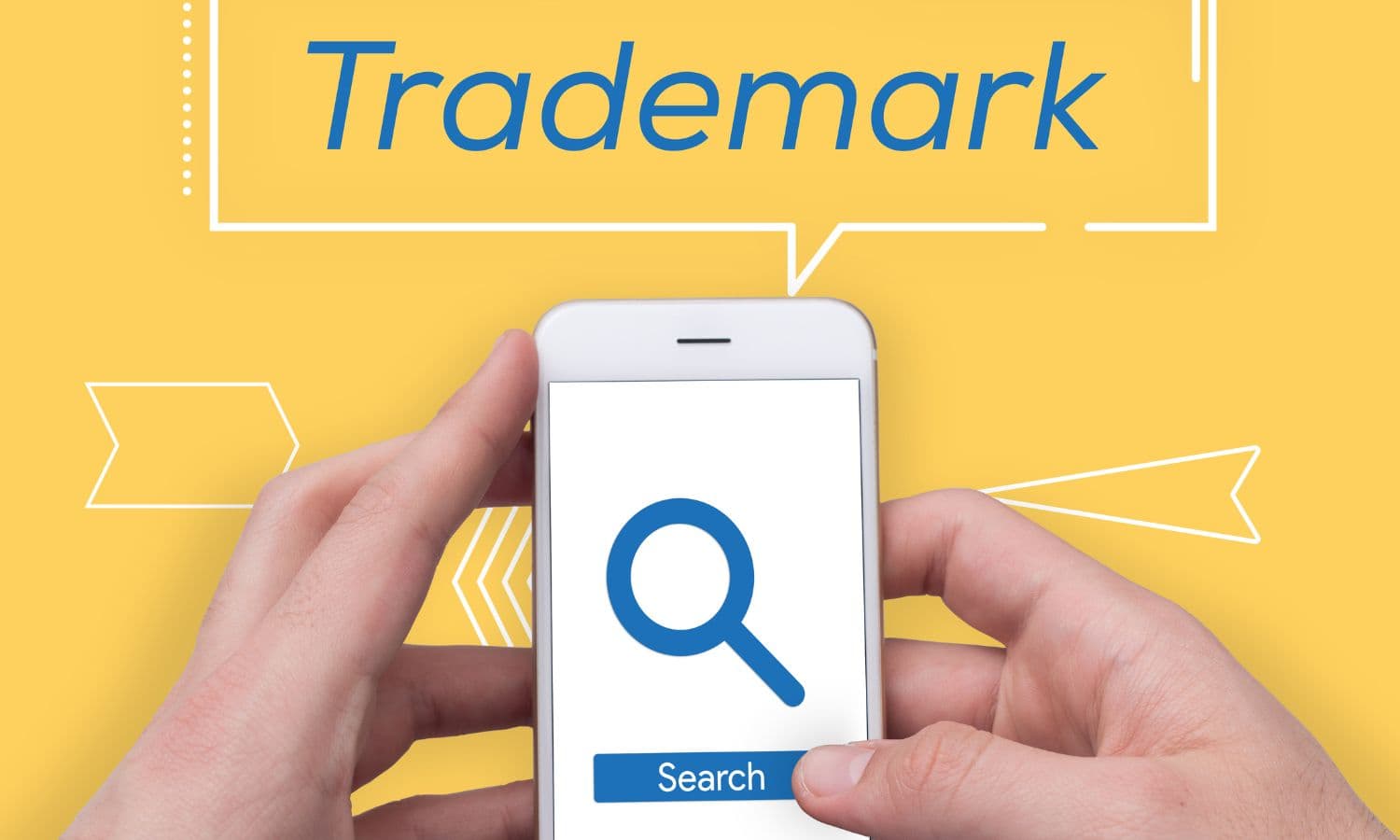
 Authors: Jacob Grumetza & Petro Kaloterakis, Progressive Legal
Authors: Jacob Grumetza & Petro Kaloterakis, Progressive Legal

How to do an International Trademark Search: Searching for International Trademarks

In the age of globalisation, protecting your brand across borders is essential for international success. Conducting a trademark search internationally is a crucial step before expanding your business overseas.
This page will inform you on how to search for international trademarks, focusing on the importance of the Global Brand Database by the World Intellectual Property Organisation (WIPO), other valuable resources, and a step by step guide on how to conduct an international search.
Need international trade mark help?
Contact Progressive Legal below and get in touch with our team today for expert trade mark advice.
REQUEST OUR ADVICEWhy conduct an international trademark search?
An international trademark search allows businesses to identify existing trade marks that may conflict with their brand, preventing potential legal disputes and ensuring that their brand is protected globally.
A trademark search internationally is vital for companies planning to export their services or products overseas, as it ensures that they do not infringe on existing trade marks in their target markets. The Madrid Protocol, regulated by WIPO, facilitates a single application process for international trade marks in multiple jurisdictions, offering protection for 10 years, renewable for additional 10-year periods.
Once companies have secured their trade mark rights, it is crucial to monitor competing trade mark activity in the relevant markets. By periodically searching national trade mark registries and the Global Brand Database, businesses can detect potential infringement of their trade mark rights, sometimes before it has begun.
This prompt detection of infringement allows businesses to take timely legal action in enforcing their rights, and preventing further harm to their brand integrity and reputation.
Utilising the Global Brand Database in your international trademark search
The best tool for initiating your international trademark search is the Global Brand Database on the WIPO website. This free service provides access to registered trade marks across dozens of databases, including those registered through WIPO’s Madrid System.
The database is an invaluable resource for businesses operating globally, allowing them to find existing trade mark applications, statuses, and decisions within the international database.
Exploring national and regional databases when conducting your international trademark search
When conducting your trademark search internationally, and in addition to the Global Brand Database, it’s recommended to search national and regional databases created by local intellectual property offices. WIPO has published a comprehensive list of these databases, facilitating access to a wide range of trade mark information. You can find this list here.
This dual approach ensures thorough research by checking both the Global Brand Database and specific areas of interest’s national and regional databases.
The importance of professional clearance searches in your international trademark search
Before proceeding with international trade mark applications, it’s advisable to have a team of experienced trade mark lawyers conduct a clearance search. This step is crucial to avoid potential conflicts and ensure that your trade mark is safely registered internationally.
Professional legal advice can navigate the complexities of international trade mark registration and provide peace of mind as you expand your brand globally. Intellectual property experts can accurately analyse trademark international search results, illustrate the significance of the search results, recommend strategies for mitigating risks, and assist with developing a comprehensive global trade mark protection strategy.
At Progressive Legal, our experienced and specialised trade mark team are ready to manage your international trademark search and application processes. Contact us today and we’ll handle the complexities, ensuring your brand is protected worldwide.
Key steps in conducting an international trademark search: an overview
1. Start your international trademark search with the Global Brand Database
Begin by understanding how the Global Brand Database works. This database provides access to trade marks registered through the Madrid System and others globally. Learn to use its search functionalities effectively, including keyword, image, and advanced search options.
Use the database to conduct initial searches for your proposed trade mark. Pay attention to similar trade marks, not just identical ones, as these could also pose conflicts.
2. Consult national and regional databases
Determine which countries or regions are most relevant to your business operations and future plans. This decision should be strategic, focusing on current markets and potential expansion areas.
Utilise the links provided by WIPO to access individual country databases. Each country’s intellectual property office offers unique search tools and resources for trade marks registered within its jurisdiction.
Each country may have different criteria for trade mark registration and protection. Familiarising yourself with these can aid in tailoring your search and application strategy accordingly.
3. Assessing your international trademark search results
Once the necessary searches have been conducted, it is important to interpret the trademark search international results effectively. This process requires an evaluation of the similarity to existing trade marks, assessment of the likelihood of confusion, and identification of potential conflicts.
In many jurisdictions, the primary consideration when determining trade mark availability is the likelihood of confusion between two brands. This assessment involves determining factors such as the similarity of the marks, the connection between the goods or services, the strength of the existing trade marks, and the commonality of relevant trade channels.
Trade mark databases also provide information on the status of trade marks, including whether they are registered, pending, or expired. Understanding the significance of the different statuses is crucial in the assessment of risk levels associated with potential conflicts. A skilled expert can also determine whether any prior trade marks are vulnerable, and provide strategy as to how best use that vulnerability to reduce risk.
4. Documenting findings
After concluding the searches and assessment, it’s important to thoroughly document the findings. Such documentation should outline the potential conflicts identified, the rationale in assessing the likelihood of confusion, and the recommendations based on the findings.
This documentation serves as a valuable reference for branding parameters and serves as a clear record of due diligence if any issues do arise.
5. Understand the Madrid Protocol
Study the Madrid Protocol as it facilitates the international registration of trademarks, offering a cost-effective and efficient way to protect your brand in multiple countries with a single application.
Check which countries are members of the Madrid Protocol. This will help you understand where you can extend your trade mark protection through this system.
Understand the legal implications of registering your trade mark under the Madrid Protocol, including the basis for refusal and the potential for objections in member countries.
6. Seek professional assistance and guidance
Experienced trade mark attorneys can provide invaluable advice on the nuances of international trade mark law. They can help assess the risk of trade mark conflicts and suggest strategies to mitigate them.
A professional can conduct comprehensive clearance searches more efficiently, using specialised tools and knowledge of both global and local trade mark laws.
With their expertise, attorneys can help you navigate the application process, ensuring that your applications meet all the necessary criteria and are correctly filed within each jurisdiction.
Furthermore, where searches reveal potential infringement following registration, engaging trade mark enforcement experts can help businesses achieve favourable outcomes despite the intricacies of international enforcement actions.
Key takeaways
An effective trademark search international strategy involves leveraging the right tools and expertise to ensure your brand’s protection across borders. By starting with the Global Brand Database and expanding your search to include relevant national and regional databases, you can identify potential conflicts before they become issues.
However, the complexities of international trade mark law mean that professional advice is not just beneficial but often essential for navigating this challenging landscape successfully. Contact Progressive Legal below via phone or by requesting our advice online and we’ll get back to within a day.
Taking these steps will not only protect your brand but also provide a solid foundation for your international business expansion, ensuring that your trademark rights are secured in key markets around the world.
Need international trade mark help?
Contact us by giving us a call on 1800 820 083 or request our advice below and we’ll be in touch with you today.
REQUEST OUR ADVICENeed Trade Mark Help?
Please get in touch with us today via phone or the contact form on this page.


